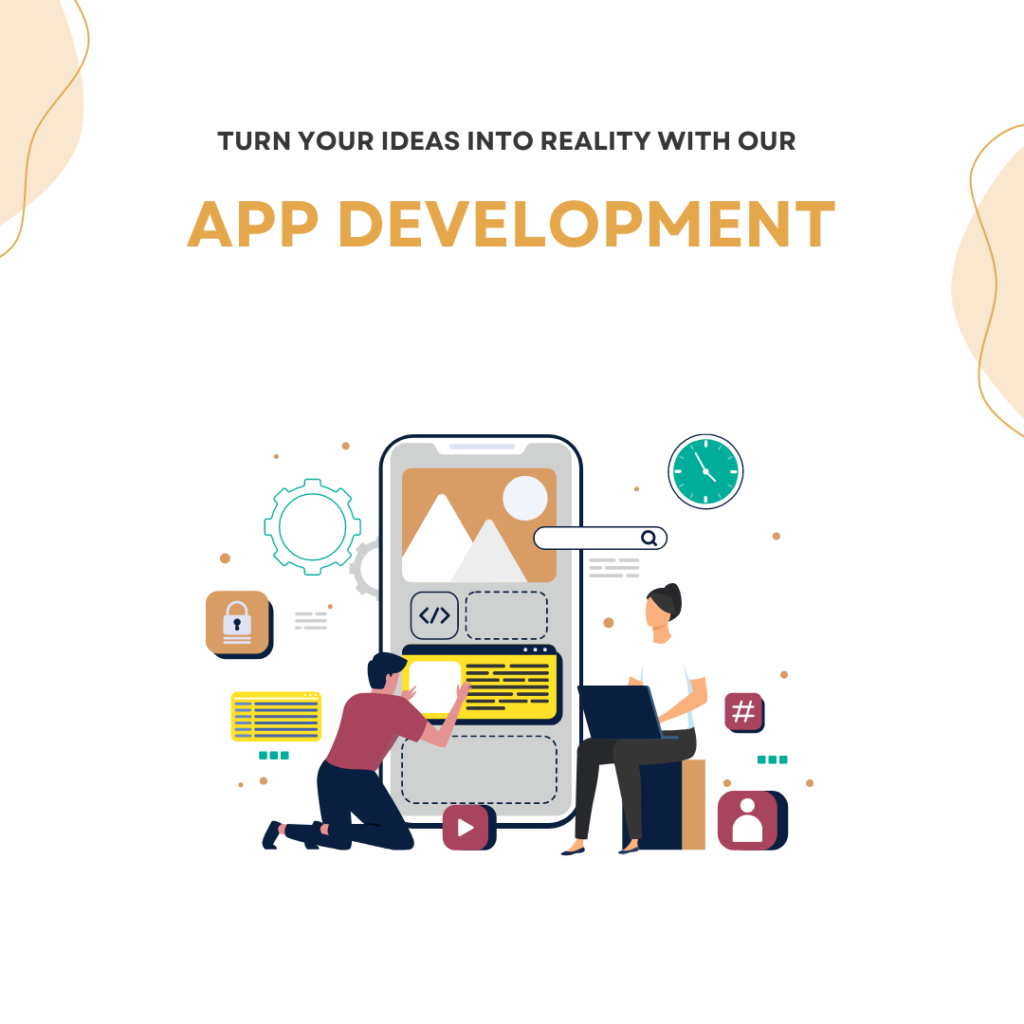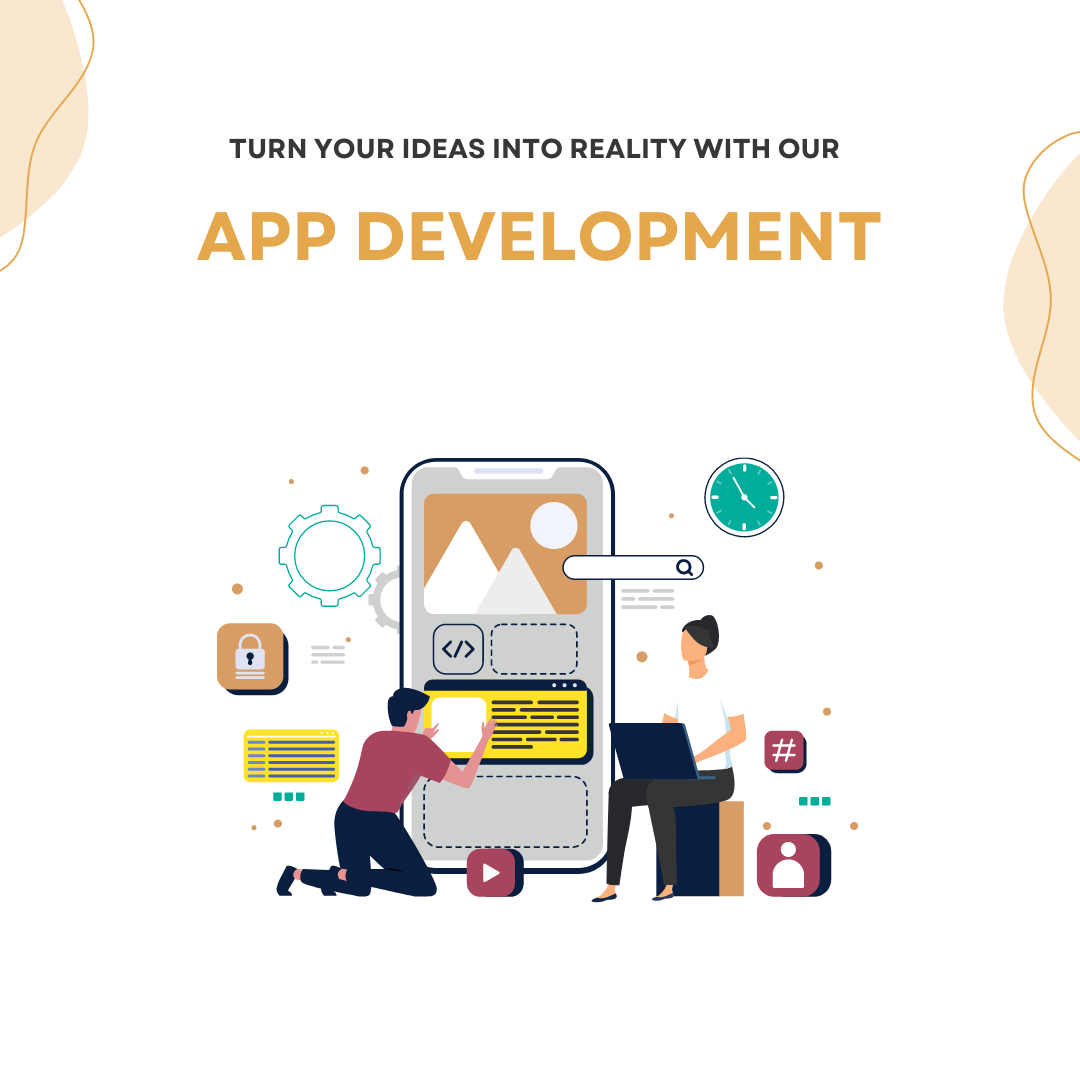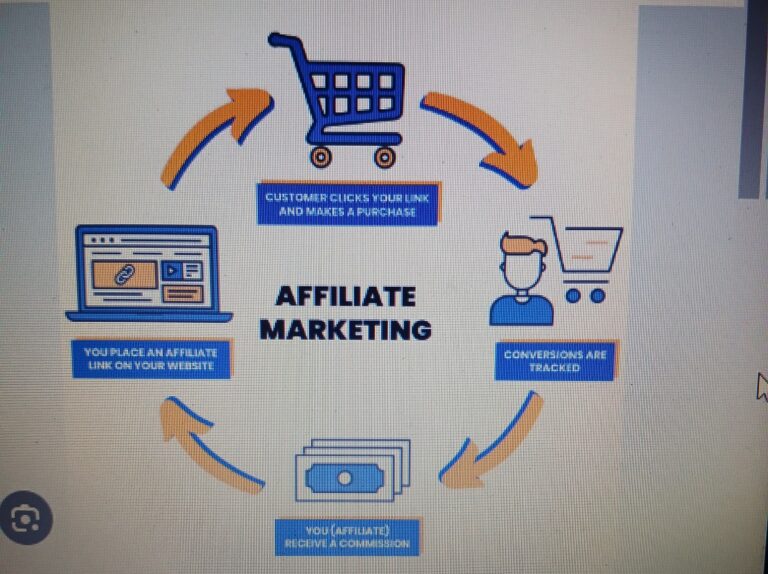App development

App development is the process of creating software applications (apps) for various platforms, such as mobile devices, desktop computers, and web browsers. It can be a lucrative online business if you have the technical skills or if you partner with developers. Here’s a step-by-step guide on how to get started with app development:
1. Learn the Basics:
– Begin by learning the fundamentals of app development. Familiarize yourself with programming languages like Java (for Android), Swift (for iOS), or JavaScript (for web and cross-platform apps).
2. Choose a Platform:
– Decide which platform(s) you want to develop apps for. Common choices include Android, iOS, web (HTML/CSS/JavaScript), and cross-platform frameworks like React Native or Flutter.
3. Select Your Niche:
– Identify a niche or specific problem that your app will address. Research the competition and assess the demand for your app idea.
4. Plan Your App:
– Create a detailed plan for your app, including its features, functionality, user interface (UI) design, and user experience (UX) design. Consider creating wireframes and mockups to visualize your app.
5. Acquire Development Tools:
– Install the necessary development tools and software, such as integrated development environments (IDEs) and emulators or simulators for testing your app.
6. Coding and Development:
– Start coding your app according to your plan. Follow best practices for code quality, security, and performance.
– Frequent testing and debugging are essential during the development process.
7. User Interface (UI) Design:
– Design a user-friendly and visually appealing UI for your app. Pay attention to colors, typography, and layout.
8. Backend Development:
– If your app requires server-side functionality (e.g., user accounts, databases, data storage), learn about backend development or partner with a backend developer.
9. Testing and Debugging:
– Test your app on various devices and platforms to ensure it functions correctly and looks good. Address any bugs or issues.
10. App Monetization:
– Decide how you’ll monetize your app. Options include selling the app, offering it for free with ads, implementing in-app purchases, or using a subscription model.
11. App Store Submission:
– If you’re developing a mobile app, follow the guidelines of the respective app stores (Google Play Store for Android, Apple App Store for iOS) for submission and approval.
12. Marketing and Promotion:
– Develop a marketing strategy to promote your app. This may include creating a website or landing page, using social media, running ads, and reaching out to influencers.
13. User Feedback and Updates:
– Encourage user feedback and reviews. Use this feedback to make improvements and release updates to your app.
14. Legal Considerations:
– Ensure that your app complies with app store policies and legal requirements, including privacy regulations and copyright laws.
15. App Maintenance:
– Plan for ongoing maintenance and support for your app, including bug fixes, updates, and improvements.
16. Scale and Expand:
– Consider expanding your app portfolio or adding new features to existing apps as your skills and resources grow.
17. Community Building:
– Build a community of users and engage with them through support channels, forums, or social media to enhance user loyalty.
18. Feedback and Analytics:
– Continuously gather data and analytics on user behavior to make data-driven decisions for your app’s improvement.
App development can be a rewarding online business, but it requires technical expertise, time, and dedication. If you’re not a developer yourself, consider collaborating with a developer or hiring a development team to bring your app idea to life. Additionally, staying updated with the latest technology trends is essential to remain competitive in the app market.







